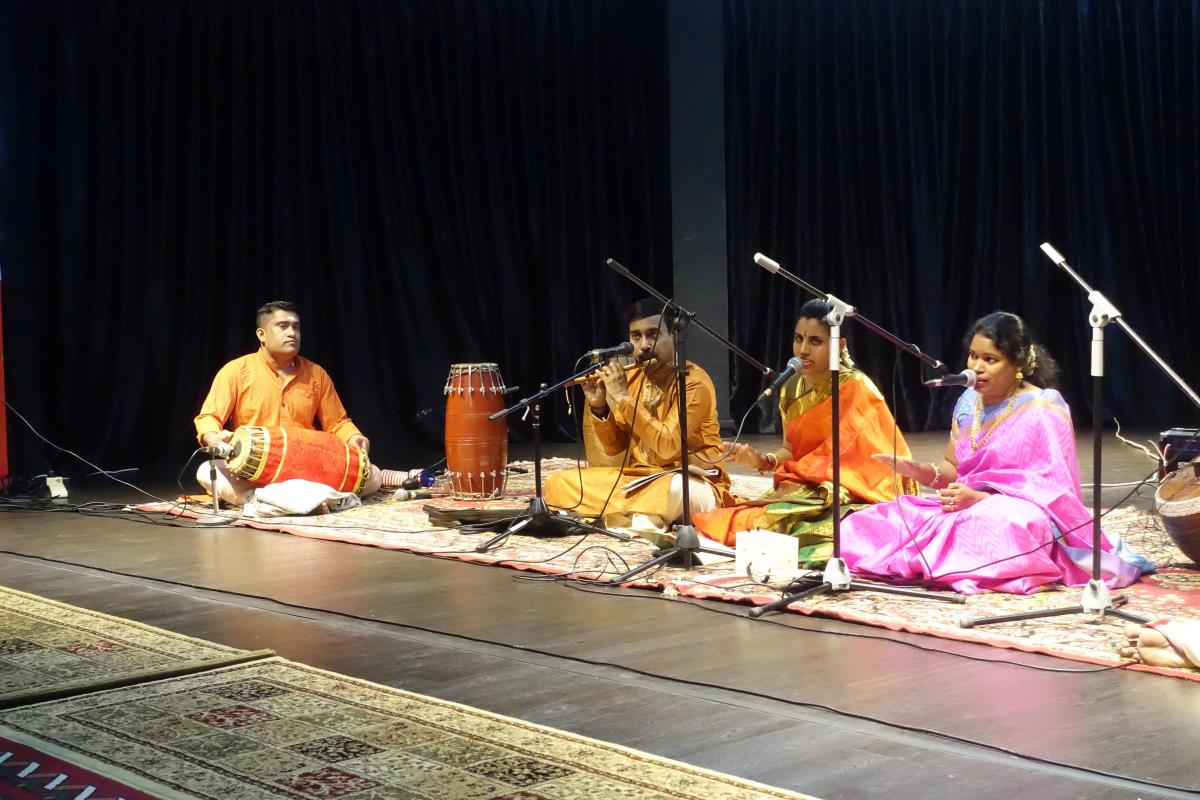Indian Music: Diversity, Instruments, and Cultural Significance
Indian music is a treasure trove of melodies that reflects the country’s rich cultural tapestry and historical evolution. With its roots stretching back thousands of years, Indian music offers a diverse spectrum of genres, instruments, and traditions that have captivated audiences worldwide. This blog post takes you on a melodious journey through the enchanting world of Indian music, exploring its diversity, cultural significance, and global impact.
Classical Music
Indian classical music is a timeless tradition that’s deeply ingrained in the country’s cultural heritage:
- Hindustani and Carnatic: The two main classical music traditions, Hindustani (North Indian) and Carnatic (South Indian), have distinct styles, scales, and instruments.
- Ragas and Talas: The heart of classical music lies in its intricate ragas (melodic scales) and talas (rhythmic patterns), creating a mesmerizing blend of melody and rhythm.
Folk Music
Folk music in India is a celebration of regional diversity and storytelling:
- Baul and Bihu: From the soulful Baul songs of Bengal to the lively Bihu dances of Assam, folk music captures the essence of local cultures.
- Instruments: Folk music often features traditional instruments like the dholak, tabla, and various regional string instruments.
Bollywood and Popular Music
Indian music’s global reach is amplified by the influence of Bollywood and popular music:
- Film Songs: Bollywood songs, with their catchy tunes and expressive lyrics, play a significant role in shaping Indian music culture.
- Fusion and Collaboration: Modern Indian music seamlessly blends with global influences, resulting in captivating fusion genres.
Instruments and Soundscape
Indian musics is characterized by a rich assortment of instruments:
- Sitar and Tabla: The sitar, with its intricate strings, and the tabla, a pair of hand-played drums, are iconic instruments in Indian music.
- Flute and Sarod: The soothing tones of the flute and the resonant melodies of the sarod are integral to classical performances.
Cultural Significance
Indian musics is more than just melody; it’s a reflection of culture and spirituality:
- Devotional Music: Bhajans, qawwalis, and kirtans are forms of devotional music that inspire spiritual connection and communal harmony.
- Expressive Emotion: Indian music has a unique ability to convey a wide range of emotions, from joy and love to introspection and devotion.
Global Influence
Indian music has left an indelible mark on the global stage:
- World Music Collaborations: Indian music has fused with various international genres, creating cross-cultural collaborations.
- Global Performers: Indian artists and performers, both traditional and contemporary, have gained recognition and audiences worldwide.
Conclusion
Indian musics is a vibrant and ever-evolving art form that embodies the essence of a diverse and culturally rich nation. Also, from classical ragas that transport listeners to ethereal realms to the rhythmic beats of folk tunes. These that celebrate local heritage. Therefore, Indian music weaves together a melodic tapestry that’s as enchanting as it is meaningful. Moreover, its universal appeal lies in its ability to transcend boundaries. Also, touch hearts, and unite people through the universal language of music. Therefore, as you delve into the melodies of Indian music, you embark on a sonic journey that’s both timeless and transformative.


